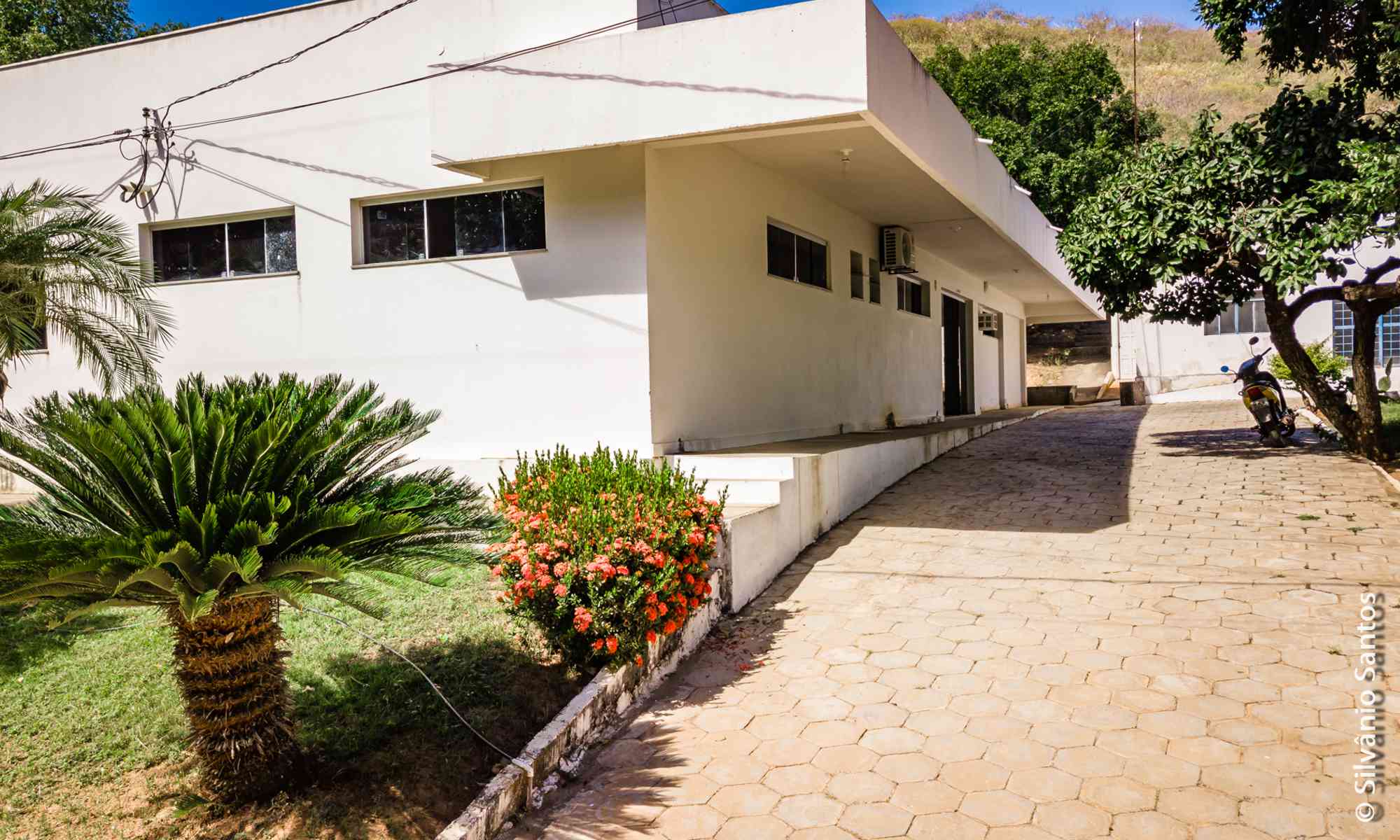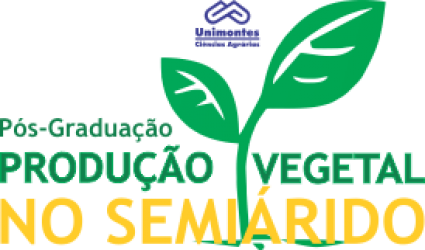- Version
- Download 21
- Tamanho do Arquivo 1.50 MB
- Data de Criação 16/06/2021
- Download
SIQUEIRA, Célia Lúcia. Conservação pós-colheita de genótipos de bananeiras resistentes a Sigatoka Negra por atmosfera modificada. 2008. 167 p. Dissertação (Mestrado em Produção Vegetal no Semiárido) – Universidade Estadual de Montes Claros, Janaúba, 2008.
A cultivar Prata Anã é a mais plantada no Norte de Minas Gerais, desta forma, a economia da região está baseada numa variedade suscetível a Sigatoka Negra e ao Mal do Panamá. O controle genético por meio da utilização de genótipos resistentes e/ou tolerantes à doença tem sido a alternativa adotada no Estado para minimizar os prejuízos e evitar a disseminação da doença para outras regiões produtoras do Brasil. Devido a isso, o presente trabalho teve por objetivo avaliar o efeito da atmosfera modificada associada à refrigeração nas qualidades físico- químicas e sensoriais de seis genótipos de bananeiras. Os frutos foram colhidos no estádio pré-climatérico (V2), na fazenda Experimental da EPAMIG, localizada em Mocambinho, município de Jaíba-MG e na fazenda Experimental da UNIMONTES, localizada em Janaúba-MG. O Trabalho foi realizado no Departamento de Ciências Agrárias da Universidade Estadual de Montes Claros (UNIMONTES), Janaúba–MG, no Laboratório de Pós-Colheita de Frutos e Hortaliças. Os genótipos foram avaliados dois a dois totalizando três experimentos (Fhia 02 e PV4285), (Thap Maeo e Tropical), (Caipira e Pacovan Ken). Foram colhidos aleatoriamente, transportados para o laboratório e lavados com água e sabão, posteriormente, imersos por cinco minutos em 15 litros de suspensão do fungicida pós-colheita. Em seguida, os cachos foram divididos em buquês de três frutos, depois foram selecionados e armazenados em membrana de 10µm e 16µm e sem embalagem em bandejas de poliestireno expandido e acondicionados em temperaturas de 12ºC, 15ºC e 25ºC. Os três experimentos foram montados em delineamento experimental em blocos inteiramente casualizados, em esquema de parcelas subdivididas no tempo, tendo nas parcelas um fatorial 3 (embalagem de 10µm e 16 µm e sem embalagem) x 2 (genótipos), e nas subparcelas as avaliações em intervalo de 6 e 2 dias para frutos armazenados nas temperaturas de 12ºC, 15ºC e 25ºC, com quatro repetições e três frutos por unidade experimental. Os parâmetros avaliados foram: Sólidos solúveis (SS), acidez total titulável (ATT), SST/ATT, pH, cor, tamanho e diâmetro do fruto, firmeza, perda de massa fresca, açúcares solúveis totais(AST) e análise sensorial. A utilização da atmosfera modificada em bananas permitiu um período de 24 dias de armazenamento refrigerado, com adequada manutenção dos atributos físico-químicos e sensoriais.
Post-harvest technologies and sensorial analysis of banana trees genotypes resistant to Black Sigatoka in the North of Minas Gerais
The cultivar Prata Anã is the most grown in the North of Minas Gerais, this way, the economy of the region is based on a variety susceptible to Black Sigatoka and to Panama disease. The genetic control, through the use of genotypes resistant and/or tolerant to the disease has been the alternative adopted in the State to minimize the losses and to avoid the spread of the disease to another producing regions of Brazil. Due to that, the present work aimed to evaluate the effect of the modified atmosphere associated to cooling on the physiochemical and sensorial qualities of six banana genotypes. The fruits were picked in the pre climacteric stage (V2), on the Experimental farm of EPAMIG, located in Mocambinho, district of Jaiba - MG and on the Experimental farm of UNIMONTES, located in Janaúba - MG. The work was carried out in the Department of Agrarian Sciences of the Universidade Estadual de Montes Claros, (UNIMONTES) Janaúba. MG, in the Post-harvest Laboratory of Fruits and Vegetables. The genotypes were evaluated two by two totalizing three experiments (Fhia 02 and PV4285), (Thap Maeo and Tropical), (Caipira and Pacovan Ken) that were picked off at random, transported to the laboratory and washed, later, immersed for five minutes in 15 liters of post-harvest fungicide suspension. Soon afterwards, the bunches were divided in bouquets of three fruits, later, they were selected and stored in membrane of 10µm and 16µm and without packing on trays of expanded polystyrene and conditioned in the temperatures of 12ºC, 15ºC and 25ºC. The three experiments were designed set up in the design in blocks entirely randomized in schema of plots subdivided in the time, having in the plots a factorial 3 (packing of 10µm and 16µm and without packing) x 2 (genotypes), and in the sub parcels the evaluations in gap of 6 and 2 days per fruits in the temperatures of 12ºC, 15ºC and 25ºC, with four repetitions and three fruits per experimental unit. The evaluated parameters were: soluble solids (SS), total titratable acidity (TTA), SS /TTA, pH, color, length and fruit diameter, firmness, loss of fresh mass, total soluble sugar (TSS) and sensorial analysis. The use of the atmosphere modified on bananas allowed period of 24days of refrigerated storage, with appropriate maintenance of the physiochemical and sensorial attributes.

